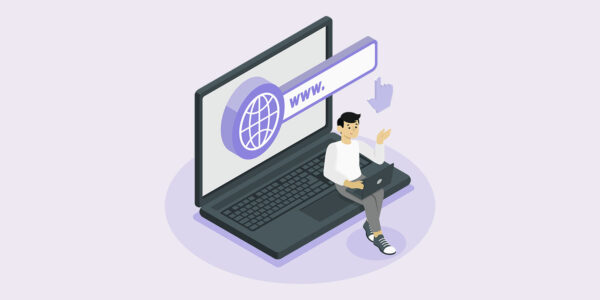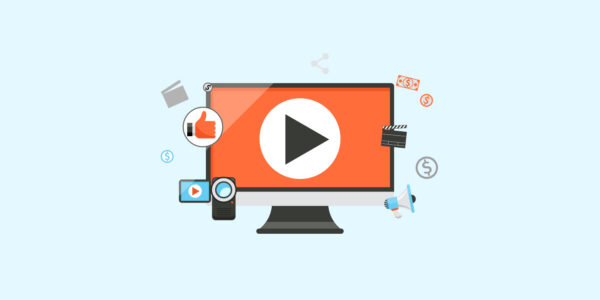How to grow your business and help the planet at the same time through eco-friendly web design.
You’ve transitioned into reusable shopping bags and keep cups for your daily coffee, but did you know you can also help out the environment by making tweaks to your website? Web design can be eco-friendly, and we’re going to show you how to make it so while also improving your bottom line.
Isn’t having a website already eco-friendly because it’s online?
It’s easy to think that by doing away with paper documentation and embracing the digital sphere, we’re helping out Mother Earth. However, a huge amount of resources are used to manufacture the smartphones and computers we use to browse the internet and the servers that allow us to search Google, view websites and watch YouTube. According to climatecare.org, the carbon dioxide produced by the information communications and technology industry accounts for about 2% of global emissions, on par with the aviation industry. That’s pretty significant. But luckily, there are some small things your business can do to ensure it’s contributing as little as possible to these emissions that have the added benefit of also improving the user experience and your sales.

Isn’t having a website already eco-friendly because it’s online?
Every time a visitor to your website navigates to and loads a new page on their chosen device, they’re consuming energy. By taking some small steps, you can simplify your navigation, which will make your web design more environmentally-friendly and user-friendly. Here’s how:
- Have clear, obvious calls to action that people can easily find on the page.
- Limit your header menu to seven items of less.
- Make use of negative space to draw attention to the important information on the page.
- Ensure someone can find the information they need in two clicks or less.
The more pages a person has to visit to find the information they need, the more server requests are made (and the more energy will be used), plus the more frustrating it will be for them. Google also happens to appreciate good “findability”, so improving your navigation should see you improve your rankings there, too.
Reduce the size of your images
An infographic from climatecare.org estimates that viewing a website with pictures or video emits an estimated 0.2 grams of CO2 per second. Appealing visual content is one way of improving conversions. However, you can utilise compelling visuals to draw people in a more environmentally-friendly way by reducing the size of your images. Here’s how:
- Reduce the size of your images using online compression tools or image editors like TinyPNG and GIMP.
- Save them in JPEG format as these files can be more easily compressed.
- Talk to your web designer about additional ways you can optimise your website images, such as using CSS to create areas of colour rather than including large wallpaper-style background images.
Reducing the size of your images won’t negatively impact their quality and doing it will improve your overall site speed, a huge factor in Google’s rankings and something that’s been proven to increase website conversions.
Improve your site performance
Spending a bit of time improving the performance of your website pages will reap rewards for your business and the planet, as many of the factors that Google uses to determine where your content ranks also happen to save energy. Here’s how:
- Ensure your website is mobile-friendly. Using Google AMP is one way to do this.
- Enable browser caching so your visitors can go back to view a page without their browser needing to send a new request to see the page. It will load the page faster, making things more user-friendly.
- Reduce the amount of redirects on your site.
- Embed videos from YouTube of Vimeo instead of hosting them on your website. They’ll play faster and in better quality, are easier to share and more easily found by internet users.
All of these things will help get your business noticed, keep your website visitors engaged and improve your conversion rate while also helping the environment. It’s a win-win, really. Chat to our team about how we can help you with web design that’s good for the planet and your bottom line.








